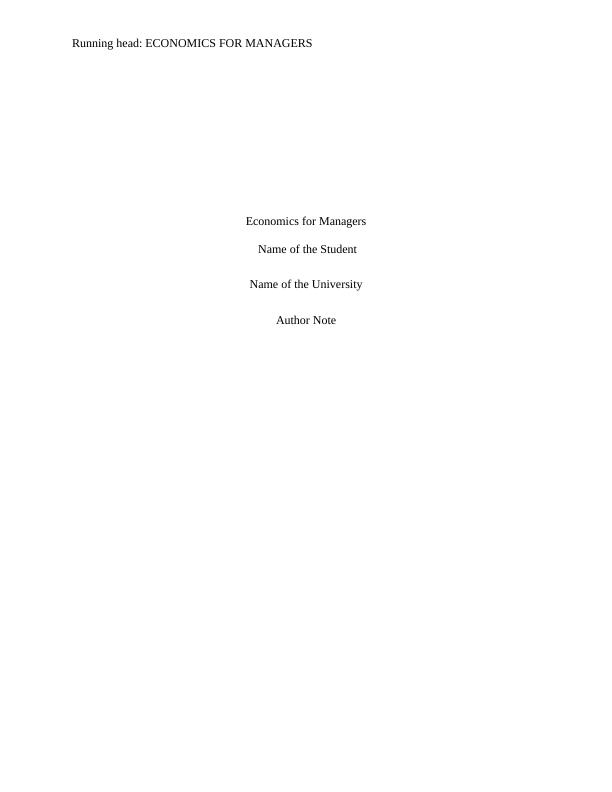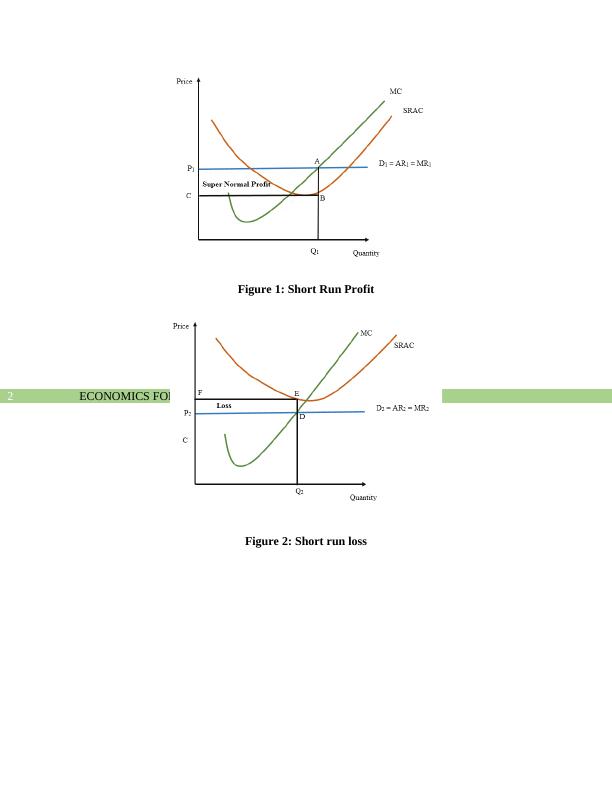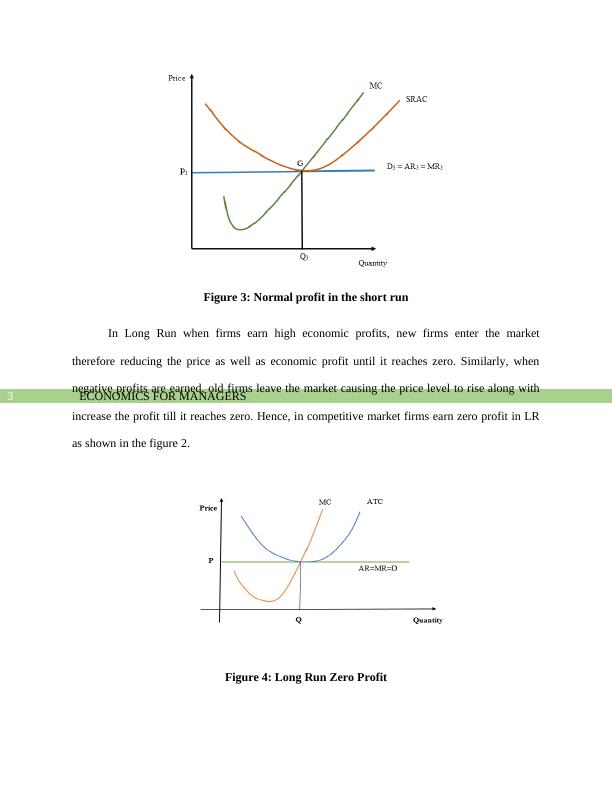Types of Market Structure: Perfect Competition, Monopoly, Oligopoly, Monopolistic Competition
19 Pages4224 Words23 Views
Added on 2022-12-21
About This Document
This article discusses the four types of market structure - perfect competition, monopoly, oligopoly, and monopolistic competition. It explains the characteristics, advantages, and disadvantages of each market structure. The article also provides examples and discusses the impact of market structure on pricing and competition.
Types of Market Structure: Perfect Competition, Monopoly, Oligopoly, Monopolistic Competition
Added on 2022-12-21
ShareRelated Documents
End of preview
Want to access all the pages? Upload your documents or become a member.
Economics for Managers: Perfect Competition, Monopoly, Oligopoly, and Australian Supermarket Industry
|16
|4513
|222
Economic Questions Answers 2022
|22
|4323
|64
Monopoly and Monopolistic Competition in Australian Market
|11
|3186
|150
Monopoly Market: Characteristics, Case Study, and Government Intervention
|13
|2298
|182
Economics for Managers - Question and answer
|18
|4122
|14
Economic Analysis - Assignment Sample
|16
|2549
|123




